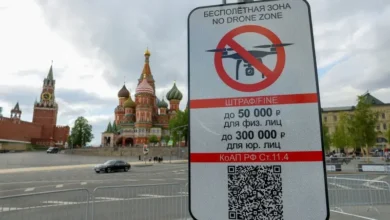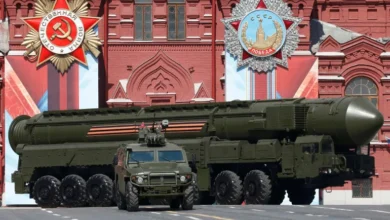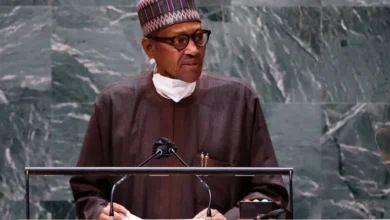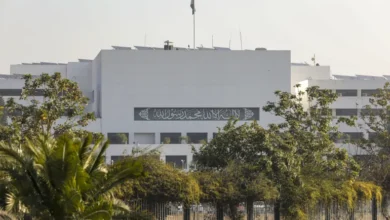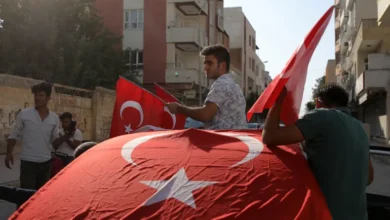Blast hits sanctioned tanker off Turkey’s coast, rescue underway

An explosion rocked a tanker from Russia’s shadow fleet in the Black Sea near Turkey’s Bosphorus strait on Friday, causing a fire in the engine room, a shipping agency said, and a rescue operation was launched for 25 personnel on board.
Turkey’s Maritime Affairs Directorate said the empty tanker, Kairos, was en route to Russia’s Novorossiysk port when it reported “an external impact” causing a fire 28 nautical miles off the Turkish shore.
A person with direct knowledge of the matter said that a second tanker, Virat, also suffered a blast further east in the Black Sea.
Both Kairos and Virat are on a list of ships subject to sanctions imposed against Russia following its full-scale invasion of Ukraine in 2022, according to LSEG data.
The Kairos was sailing under the Gambian flag and in ballast when the incident occurred, Tribeca shipping agency said.
It said reports indicated that the ship may have struck a mine and be in danger of sinking, adding that rescue tugboats and coast guards were dispatched to assist.
“The condition of the 25 personnel on board is good, rescue units have been dispatched to the area for the evacuation of the crew,” Turkey’s Maritime Affairs Directorate said in a statement on X.
Some of the crew were evacuated by a nearby ship, a shipping source said.
Shipping traffic through the strait continued, the agency said.
